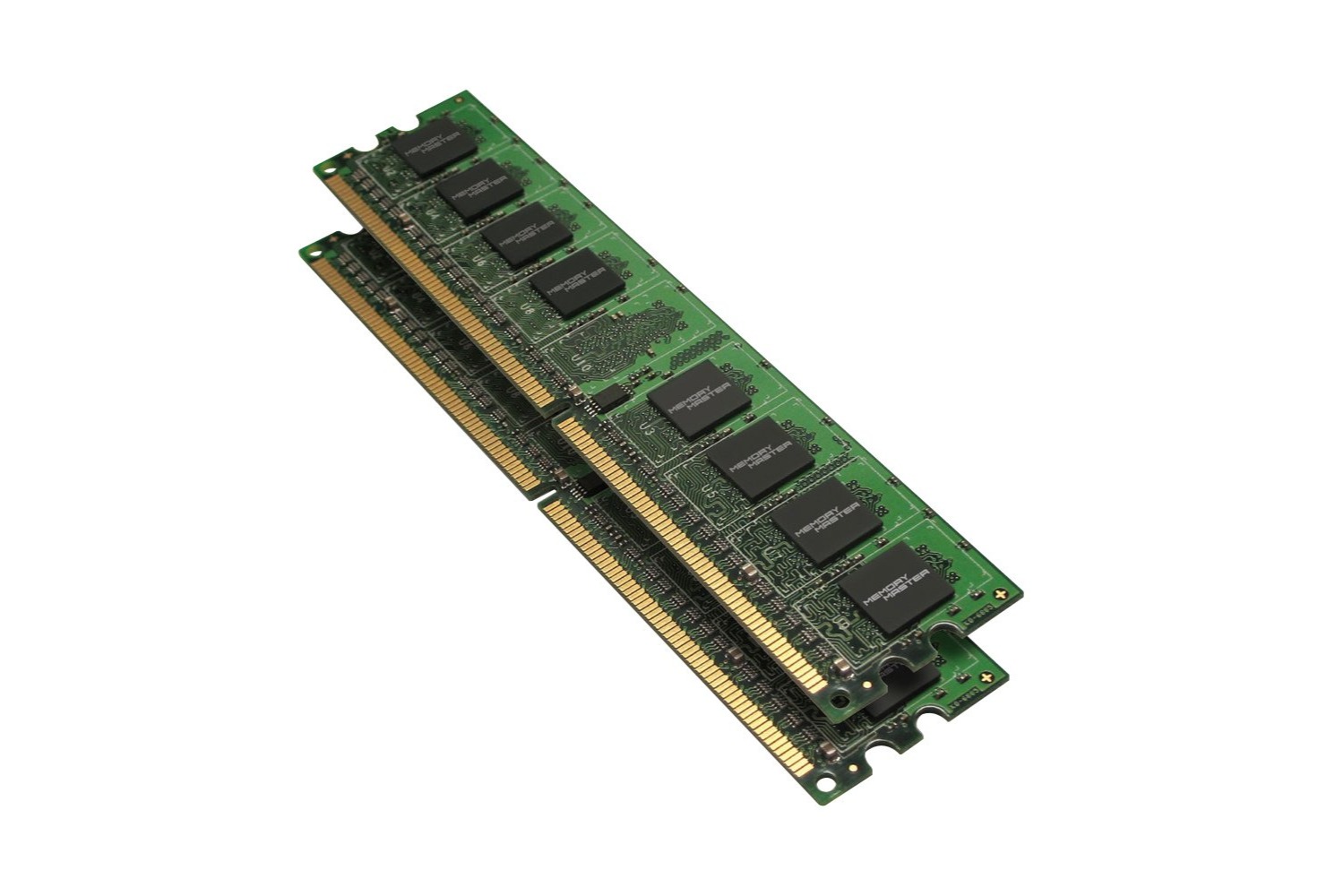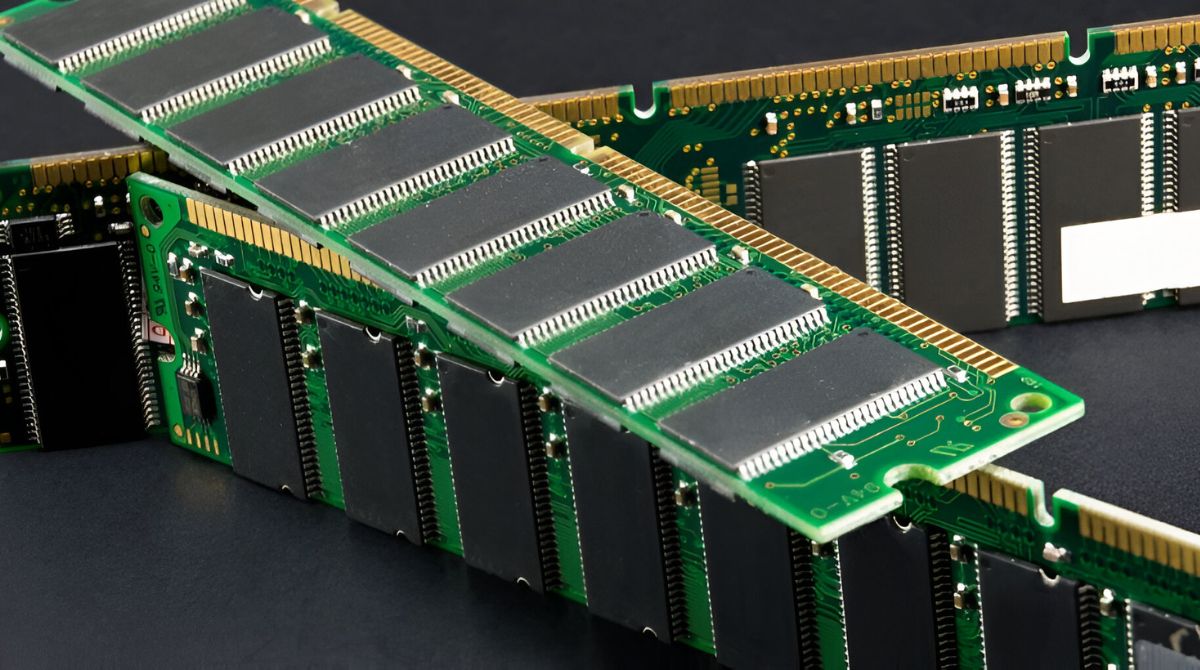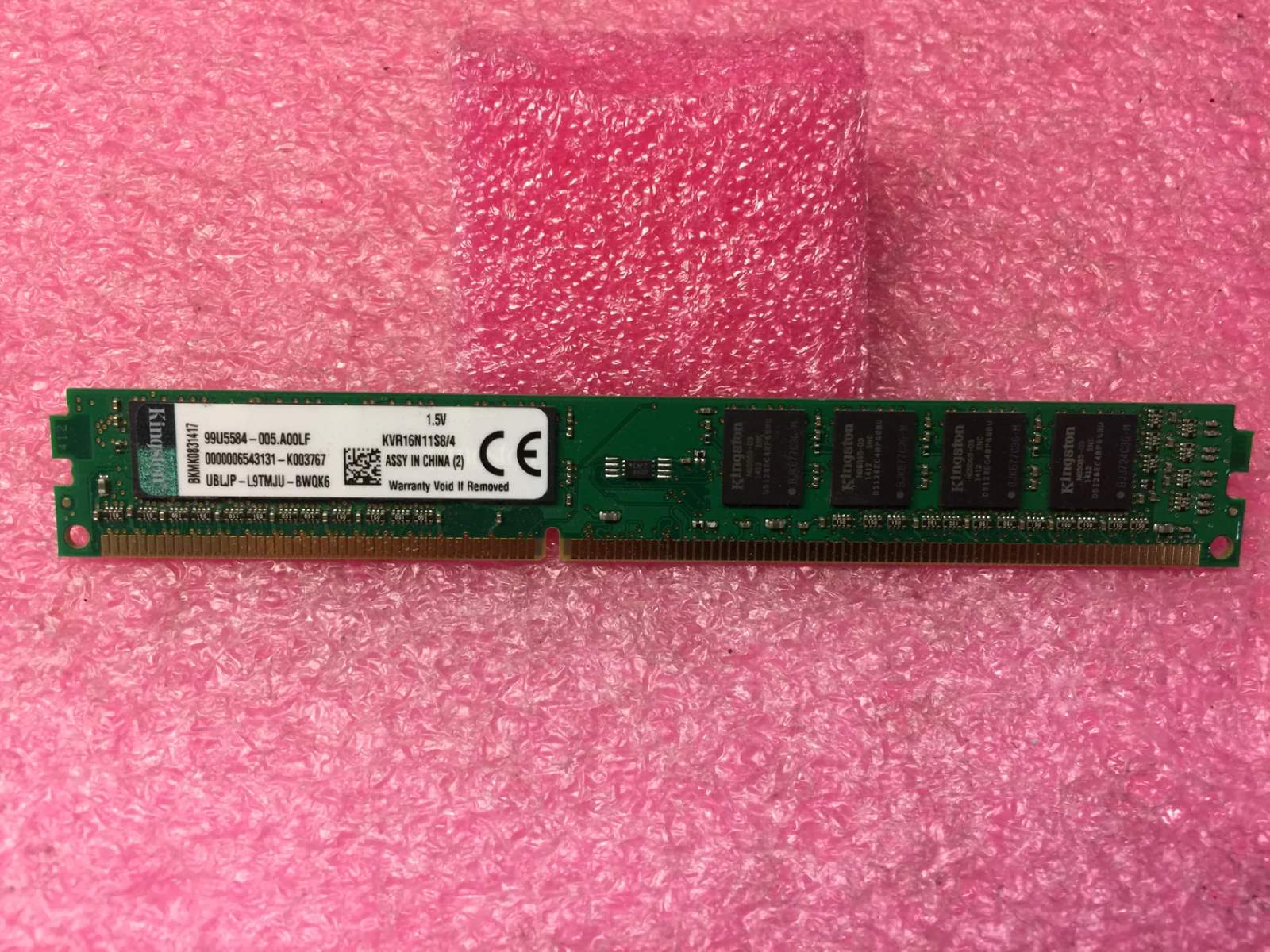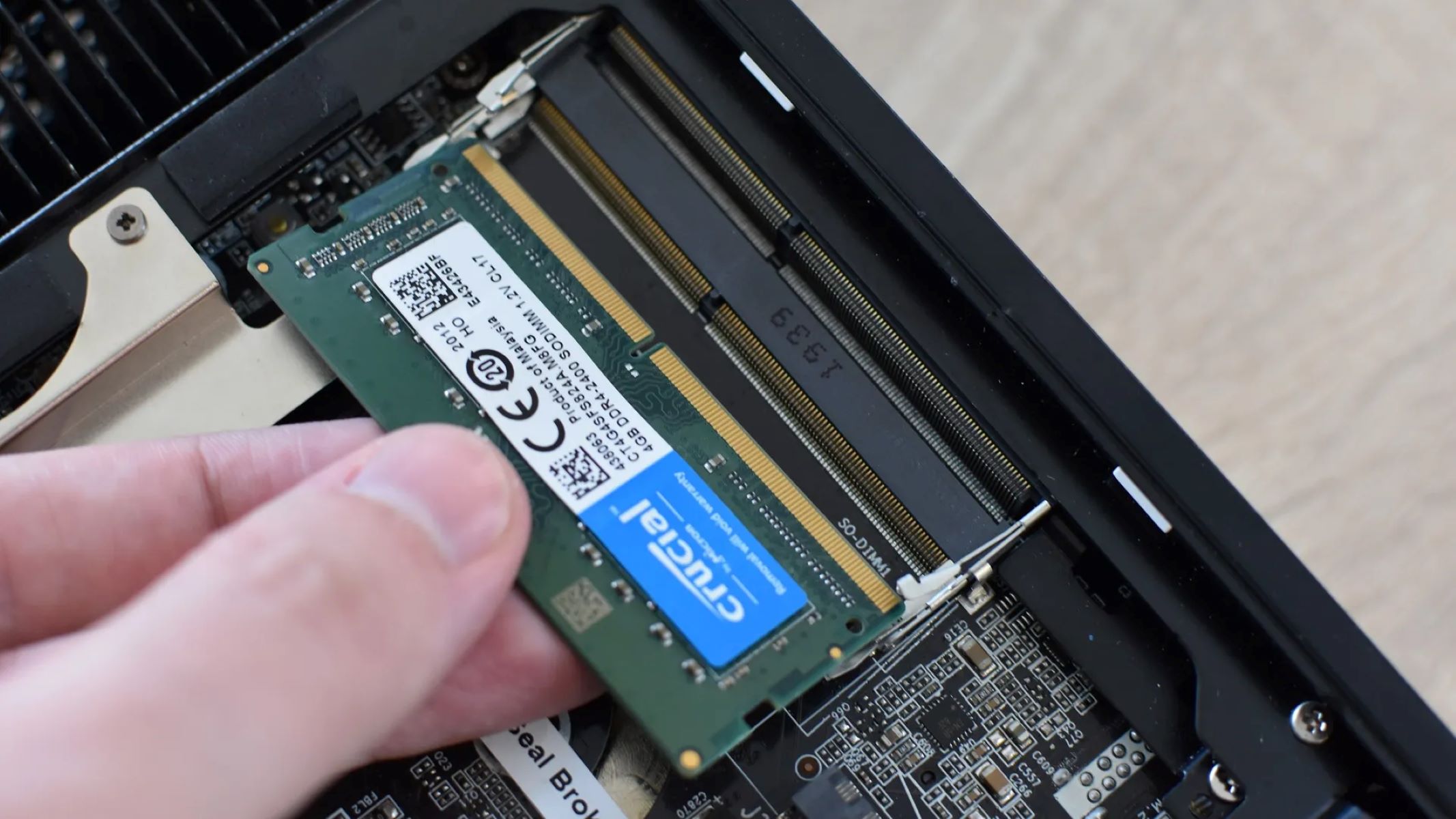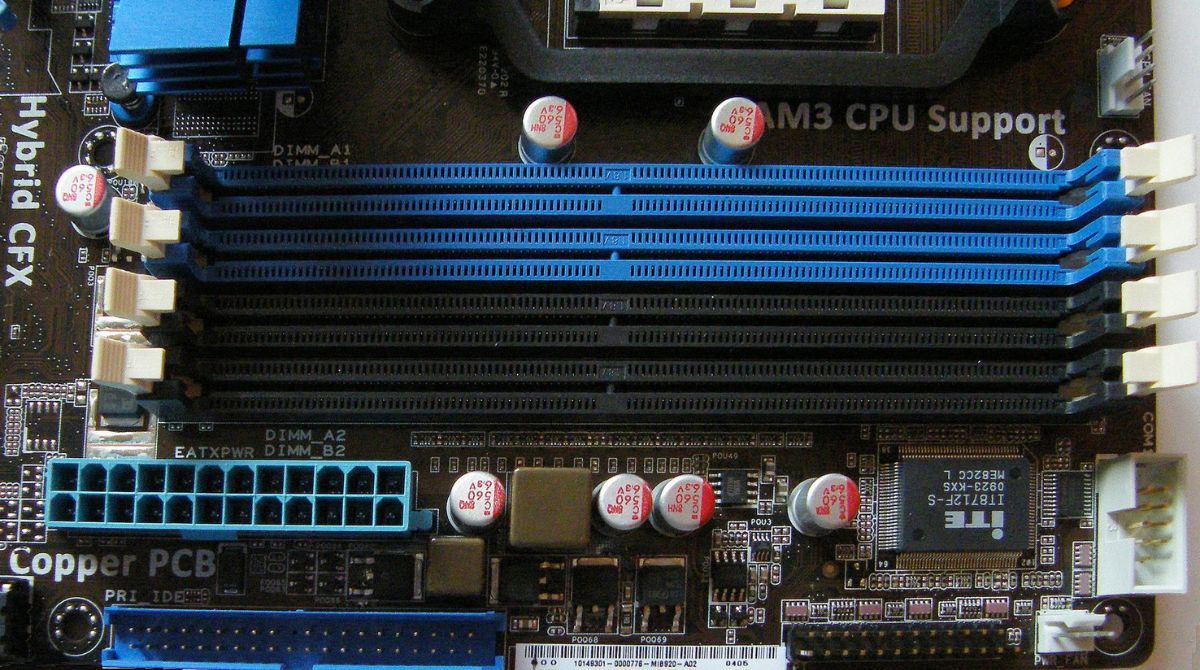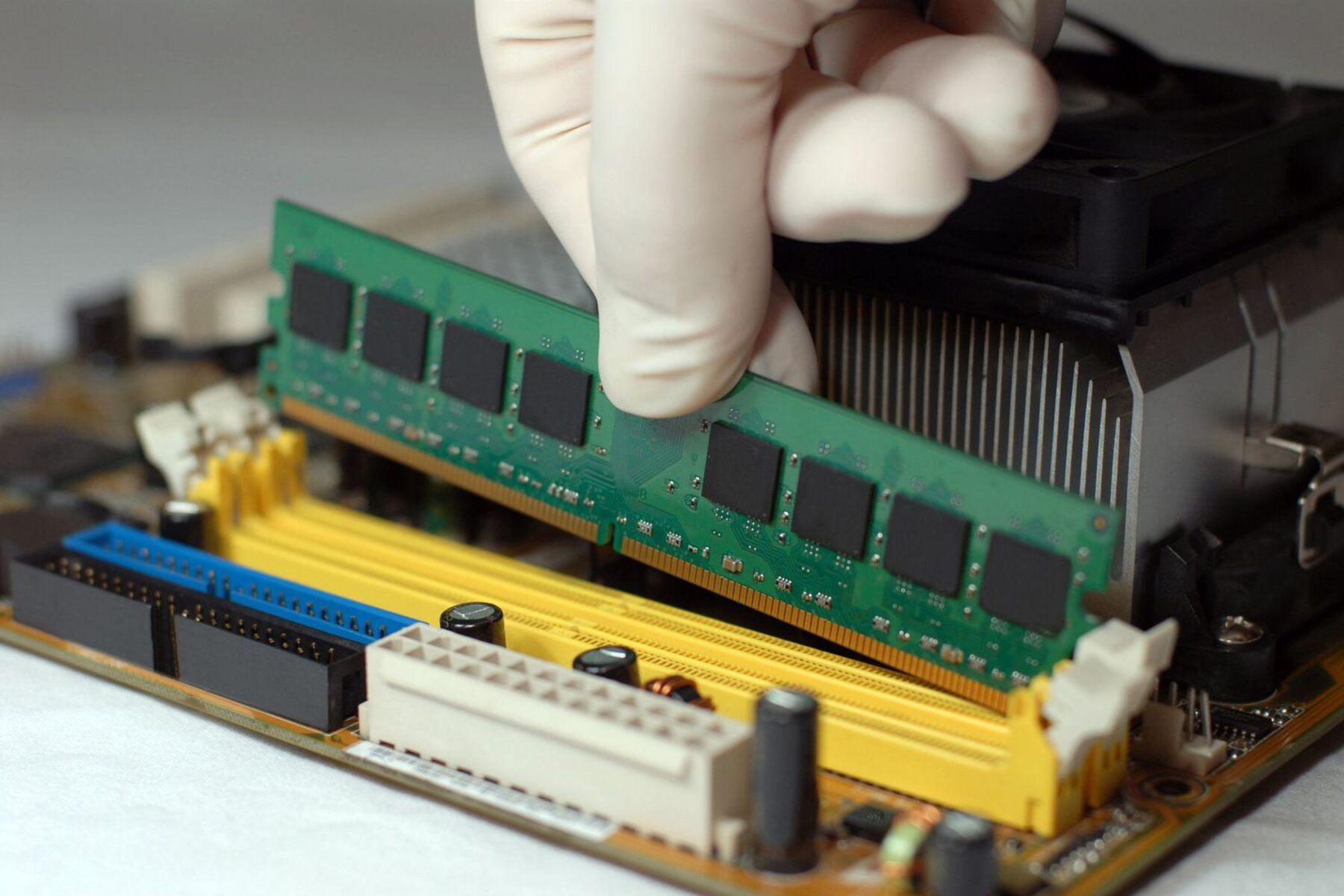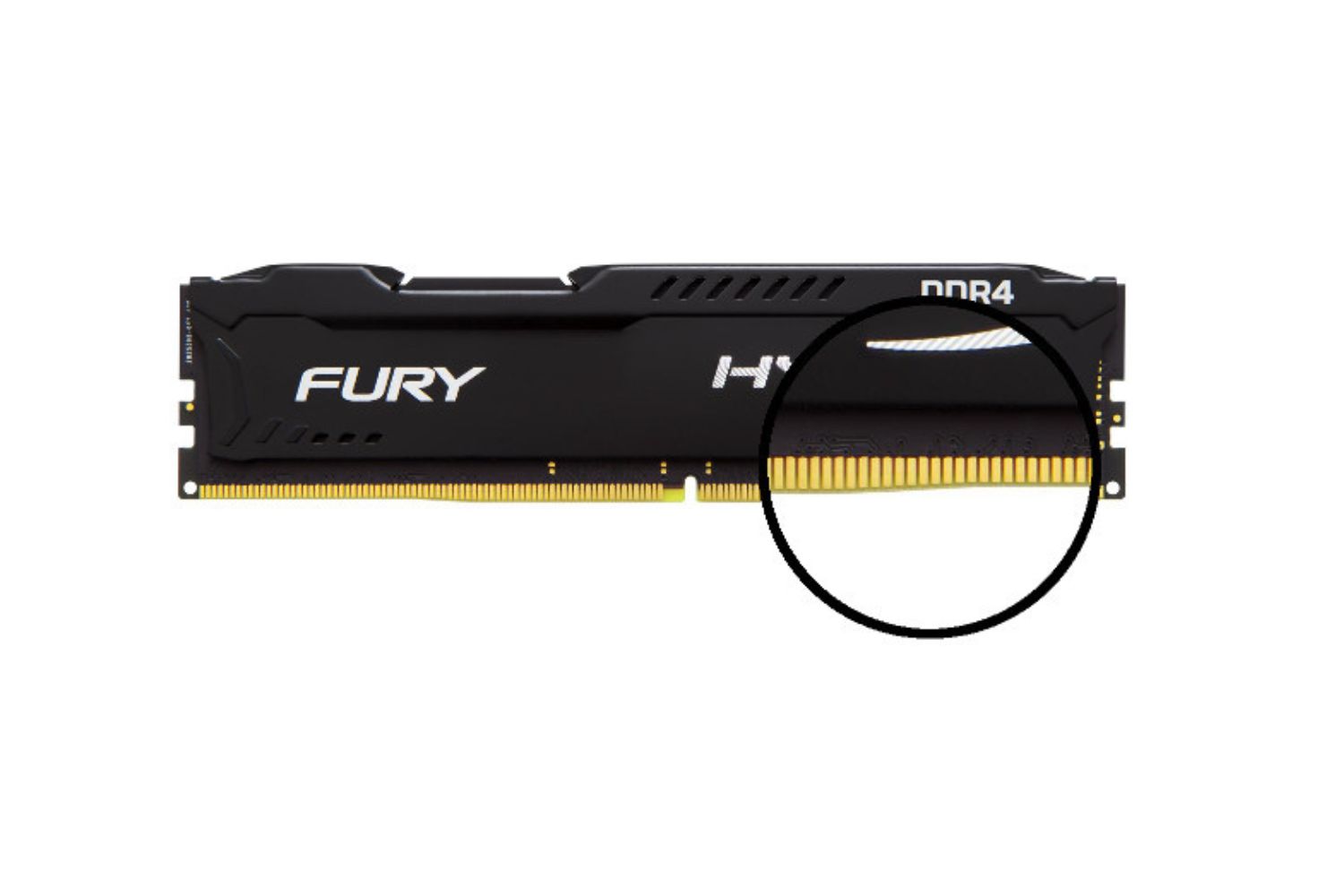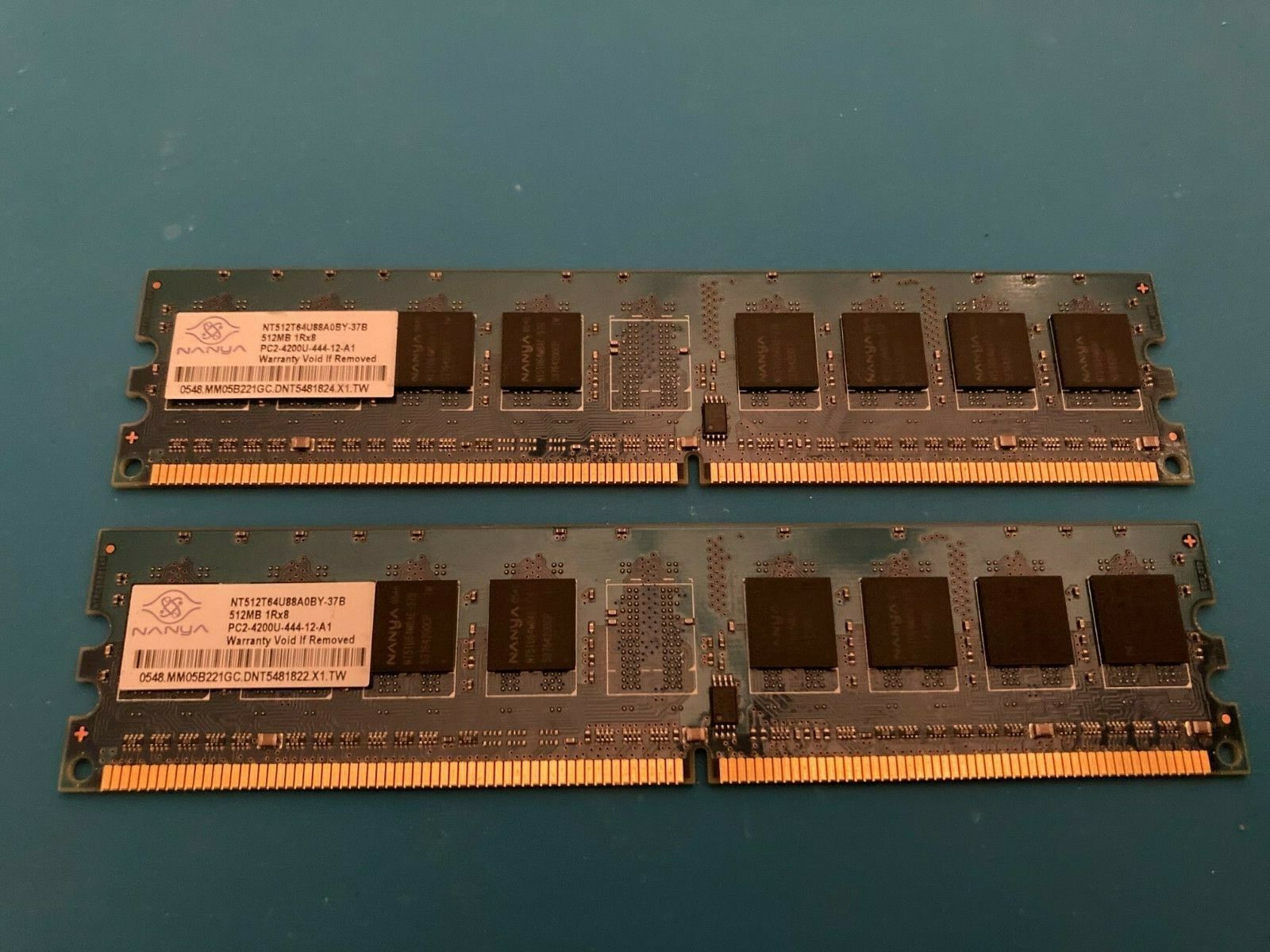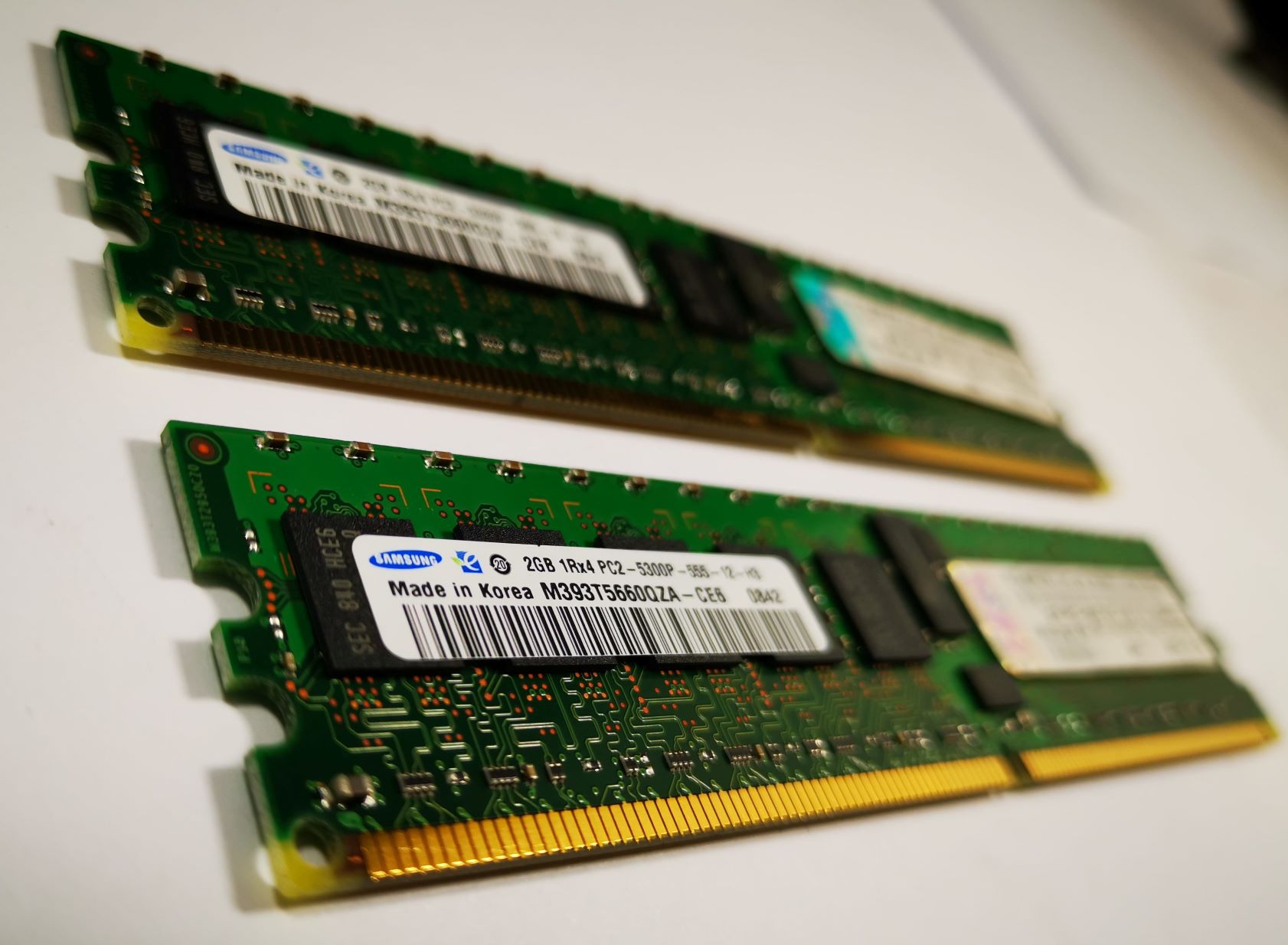Introduction
Welcome to a comprehensive guide on DIMM RAM. If you’re familiar with computer hardware, you may have heard of terms like “1 DIMM RAM” and “2 DIMM RAM”. But what do these terms really mean? In this article, we will explore the differences between 1 DIMM RAM and 2 DIMM RAM, and discuss their advantages and disadvantages.
To understand what 1 DIMM and 2 DIMM RAM mean, let’s first get acquainted with the concept of DIMM. DIMM stands for Dual In-line Memory Module, which is a type of computer memory module. These modules are used to store and retrieve data in a computer system.
1 DIMM RAM refers to a configuration where there is only one memory module installed in the system. On the other hand, 2 DIMM RAM refers to a configuration where there are two memory modules installed. The number of DIMM modules affects the overall performance and capacity of the RAM in a computer system.
RAM, or Random Access Memory, plays a crucial role in the performance of a computer. It acts as a temporary storage location for data that the computer needs to access quickly. More RAM allows a computer to process data faster, resulting in improved performance, especially when running multiple applications simultaneously or performing memory-intensive tasks like video editing or gaming.
In the following sections, we will delve deeper into the specifics of 1 DIMM RAM and 2 DIMM RAM. We will explore the advantages and disadvantages of each configuration, helping you determine which option might be best for your computing needs.
What is DIMM?
Before diving into the specifics of 1 DIMM RAM and 2 DIMM RAM, let’s first understand what DIMM actually means. DIMM stands for Dual In-line Memory Module, which is a type of memory module commonly used in computer systems.
DIMMs are small circuit boards that contain memory chips, which are responsible for storing and retrieving data in a computer system. These modules are designed to be easily installed and removed, allowing for easy upgrades or replacements.
DIMMs have a set of electrical connectors on each side, with a notch in the middle to ensure that they are inserted correctly into the memory slots on the motherboard. These memory slots are specifically designed to accommodate DIMMs and provide a secure connection between the memory module and the motherboard.
DIMMs come in various form factors, with the most common being the DDR (Double Data Rate) DIMMs. DDR DIMMs are labeled with a number that indicates the generation and performance level, such as DDR3 or DDR4. The higher the number, the newer and faster the DIMM technology.
When installing DIMMs, it’s important to consider factors like the number of available memory slots on the motherboard, the compatibility with the processor and motherboard, and the maximum capacity supported by the system. These factors will determine the maximum amount of RAM that can be installed and the configuration options available.
Now that we have a basic understanding of DIMM, let’s explore the differences between 1 DIMM RAM and 2 DIMM RAM, and how they affect the performance and capacity of a computer system.
What is 1 DIMM RAM?
1 DIMM RAM refers to a configuration where there is only one memory module installed in the computer system. It means that the computer system has a single DIMM slot occupied by a RAM module.
This configuration is commonly found in entry-level or budget-friendly computer systems, where cost considerations might limit the number of RAM slots on the motherboard. With 1 DIMM RAM, the system’s memory capacity and performance are determined by the capacity and speed of the single installed DIMM.
The advantages of 1 DIMM RAM are primarily cost-related. Since you only need to purchase and install a single DIMM module, it can be a more affordable option compared to systems with multiple DIMM slots. This can be beneficial for users on a tight budget or those looking for a basic setup.
Furthermore, 1 DIMM RAM can simplify the installation process. With only one DIMM to install, you won’t have to worry about configuring multiple modules or ensuring compatibility between different memory modules. This can make the upgrading or replacement process easier and more straightforward.
However, it’s important to note that 1 DIMM RAM has its limitations. The main drawback is that it restricts the maximum memory capacity of the system. Since there’s only one slot occupied, you won’t be able to expand the memory capacity beyond the capacity of the single installed DIMM. This can become a limiting factor if you require a large amount of RAM for memory-intensive tasks.
In addition, 1 DIMM RAM configuration can have an impact on memory bandwidth. Dual-channel memory, which is achieved by utilizing two DIMMs in a dual-channel memory controller, can provide improved memory bandwidth, resulting in faster data transfer. However, with 1 DIMM RAM, the system won’t be able to take advantage of dual-channel memory technology.
Overall, while 1 DIMM RAM can be a cost-effective and simple solution, it does come with limitations in terms of maximum memory capacity and potential impact on memory bandwidth. Consider your computing needs and budget constraints before deciding on a 1 DIMM RAM configuration.
Advantages and Disadvantages of 1 DIMM RAM
1 DIMM RAM configuration, where a computer system has only one memory module installed, has its own set of advantages and disadvantages. Let’s explore them:
Advantages:
- Cost-effectiveness: One of the main advantages of 1 DIMM RAM is its affordability. With only one module to purchase, it can be a cost-effective option for those on a budget or looking for a basic setup.
- Simplified installation: Installing and upgrading memory becomes easier with 1 DIMM RAM. You only need to focus on one module, eliminating the need to configure and match different memory modules.
- Straightforward compatibility: With only one DIMM, compatibility issues between different memory modules are eliminated, making it easier to ensure proper compatibility with the system’s motherboard and processor.
Disadvantages:
- Limited memory capacity: The primary drawback of 1 DIMM RAM is its limitation on memory capacity. Since there is only one slot occupied, the maximum memory capacity of the system is restricted to the capacity of the single installed DIMM. This can be a problem for memory-intensive tasks or future scalability.
- Reduced memory bandwidth: Configuring the memory in a dual-channel mode can provide improved memory bandwidth, resulting in faster data transfer. However, with 1 DIMM RAM, the system cannot take advantage of dual-channel memory technology, potentially leading to slower data transfer speeds.
- Potential performance impact: Depending on the system’s workload, the limited memory capacity of 1 DIMM RAM can lead to decreased performance. Memory-intensive tasks may require higher memory capacity to ensure smooth operation.
In summary, 1 DIMM RAM offers cost-effectiveness and simplified installation, making it a viable option for budget-conscious users or those seeking a basic setup. However, the limitations on memory capacity, reduced memory bandwidth, and potential performance impact must also be considered when evaluating the suitability of 1 DIMM RAM for specific computing needs.
What is 2 DIMM RAM?
2 DIMM RAM refers to a configuration where there are two memory modules installed in the computer system. It means that the system’s memory slots are occupied by two DIMM modules.
This configuration is commonly found in mid-range to high-end computer systems, where the motherboard provides multiple DIMM slots to accommodate a more substantial memory capacity. With 2 DIMM RAM, the memory capacity and performance of the system are determined by the capacity and speed of the installed DIMMs.
The advantages of 2 DIMM RAM are mainly related to increased memory capacity and potential performance improvements. By installing two DIMM modules, the system can achieve larger memory capacity, allowing for more efficient multitasking and handling of memory-intensive applications.
Additionally, with 2 DIMM RAM, it is possible to take advantage of dual-channel memory technology. Dual-channel memory improves memory bandwidth by simultaneously accessing two memory modules, resulting in faster data transfer rates. This can enhance the overall performance of the computer system, especially in memory-intensive tasks like video editing or gaming.
Another advantage of 2 DIMM RAM is the potential for future upgrades. By leaving one or more memory slots unoccupied, users have the flexibility to easily add more DIMMs in the future, increasing the memory capacity and extending the lifespan of the system.
However, there are some considerations to keep in mind with 2 DIMM RAM. The primary factor is the additional cost. Compared to 1 DIMM RAM, a system with 2 DIMMs will require the purchase of two memory modules, which can be more expensive. The cost can vary depending on the capacity and speed of the DIMMs chosen.
In terms of installation, configuring multiple DIMMs can be slightly more complex than a single DIMM setup. Users need to ensure compatibility between the DIMMs, such as matching their capacity and speed, to optimize performance and stability.
To summarize, 2 DIMM RAM offers increased memory capacity, potential performance improvements with dual-channel memory, and future upgrade possibilities. However, it may come at a higher cost and require more careful consideration during installation. Assessing the specific needs and budget constraints of a computer system will help determine the suitability of 2 DIMM RAM configuration.
Advantages and Disadvantages of 2 DIMM RAM
2 DIMM RAM configuration, where a computer system has two memory modules installed, offers several advantages and disadvantages. Let’s explore them:
Advantages:
- Increased memory capacity: One of the main advantages of 2 DIMM RAM is the ability to achieve a larger memory capacity. With two modules installed, the system can accommodate more RAM, allowing for smoother multitasking and handling of memory-intensive applications.
- Dual-channel memory benefits: 2 DIMM RAM allows for the utilization of dual-channel memory technology. This means that the memory controller can simultaneously access two memory modules, resulting in improved memory bandwidth and faster data transfer rates. It can enhance the system’s overall performance, especially when dealing with memory-intensive tasks.
- Future upgrade options: By leaving one or more memory slots unoccupied, users have the flexibility to add more DIMM modules in the future. This allows for easy and cost-effective upgrades to increase the memory capacity of the system as needed.
Disadvantages:
- Higher cost: 2 DIMM RAM generally requires the purchase of two memory modules, which can be more expensive compared to a single DIMM setup. The overall cost will depend on the capacity and speed of the chosen DIMMs.
- Potential complexity in installation: Configuring multiple DIMMs can be more complex than a single DIMM setup. Users need to ensure compatibility between the memory modules, such as matching their capacity, speed, and timing settings. Mismatched or incompatible DIMMs can lead to performance issues or system instability.
- Occupies more memory slots: Two DIMM modules occupying memory slots limit the number of available slots for future expansion. This becomes important when considering future upgrade possibilities or adding more advanced memory modules.
In summary, 2 DIMM RAM offers increased memory capacity, potential performance enhancements through dual-channel memory, and future upgrade options. However, it may come at a higher cost compared to a single DIMM setup and require more careful consideration during installation. While it occupies more memory slots, limiting the ability for future expansion, the benefits of increased memory capacity and enhanced performance may outweigh this disadvantage for many users.
Conclusion
In this guide, we have explored the differences between 1 DIMM RAM and 2 DIMM RAM configurations. Both options have their own advantages and disadvantages, and choosing the right configuration depends on your specific computing needs and budget.
1 DIMM RAM provides a cost-effective and straightforward solution, with the advantages of affordability and simplified installation. However, it has limitations in terms of memory capacity and potential impact on memory bandwidth.
On the other hand, 2 DIMM RAM offers increased memory capacity, potential performance improvements through dual-channel memory, and future upgrade options. It is suitable for mid-range to high-end computer systems, but it comes with a higher cost and requires more careful consideration during installation.
When making a decision, consider factors such as the tasks you will be performing, the amount of memory required, and your budget constraints. If you need a basic setup or have budget limitations, 1 DIMM RAM may be a suitable choice. However, if you require more memory capacity or enhanced performance, 2 DIMM RAM is worth considering.
Ultimately, the choice between 1 DIMM RAM and 2 DIMM RAM will depend on finding the right balance between your computing needs, budget, and future growth potential. It’s always a good idea to consult with a knowledgeable computer technician or do further research to make an informed decision.







